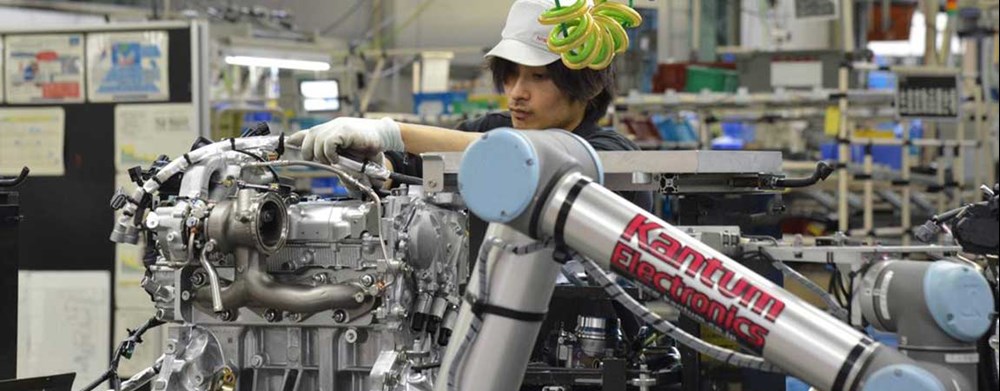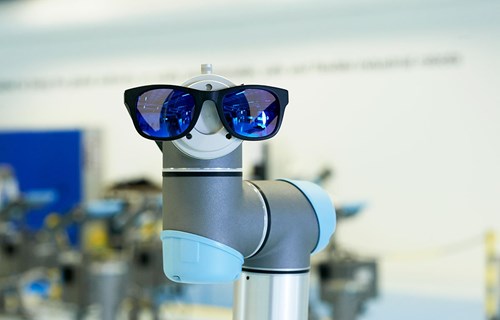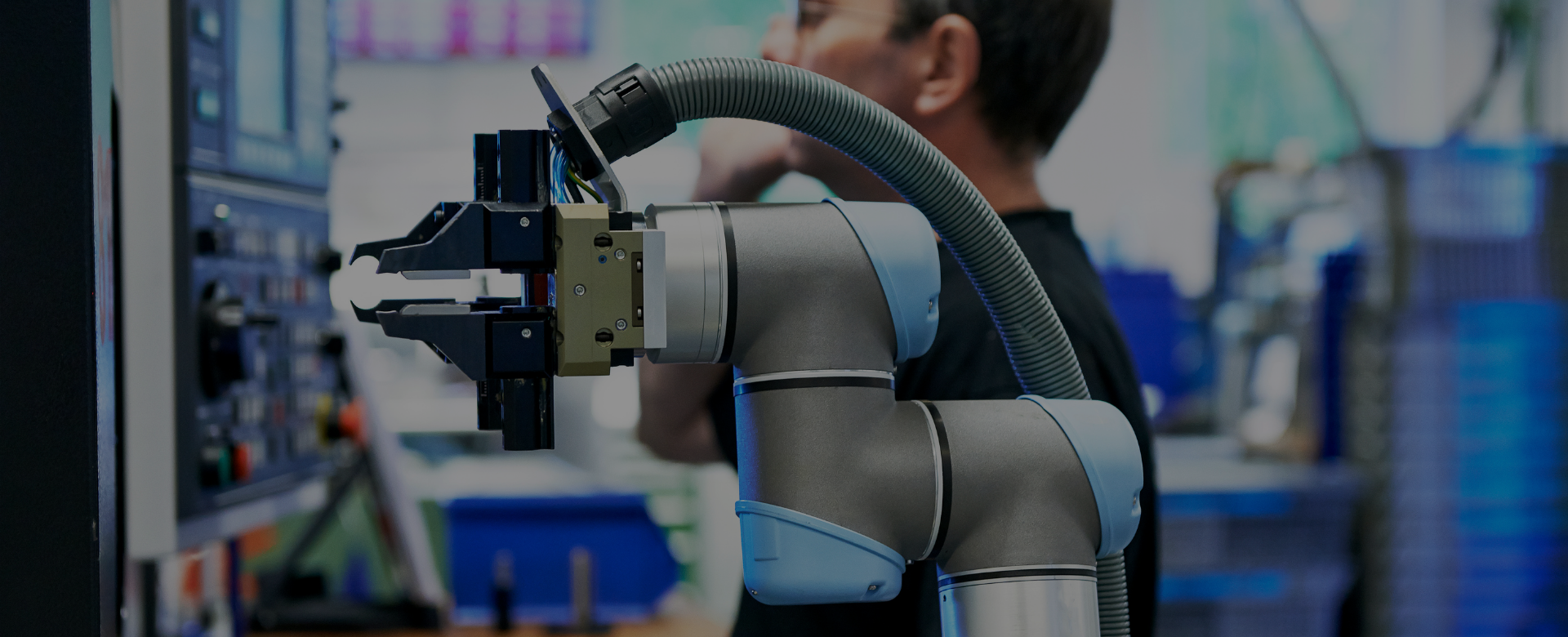Compared to traditional industrial sectors, robotics is a relatively young field with only about 40 years of deployment history in workplace environments. Technology within this field however is advancing incredibly fast and thus, compliance needs to be adaptable to keep pace with these rapid changes. Another challenge is how to convey the myriad facets of compliance comprehensibly to end customers and integrators to clear up issues such as: When is a robot system really compliant? And what are the requirements to which the robot and robot system have to comply?
Roberta Nelson Shea, our Chief Technical Compliance Officer, shares some insights into the challenges and importance of compliance in a company deploying robotics:
WHAT IS COMPLIANCE IN A ROBOTIC CONTEXT?
The first thing, which has to be clarified for the topic of compliance, is always in what industry and for which purpose will this robot system be used. Compliance requirements differ from application to application, e.g EMC thresholds, temperature, indoors/outdoors, performance or repeatability, and work environment. The robot is the arm or manipulator with its controller, while the robot system is the robot plus the end-effector for the intended application or use. For other work environments, e.g electronics, pharma-production or foods, there could be additional requirements, such as cleanroom use or wash-down. Depending on the application and industry, there are very different expectations. This is also true for compliance in a safety context, especially when it comes to human-robot-collaboration without additional safeguards (“cage-free”).
WHAT ARE THE CHALLENGES FOR COMPLIANCE IN ROBOTICS?
As the Universal Robots robot arms are mountable in many different ways, e.g. to a wall, upside-down or on top of a table or mobile platform, and equipped with various end-effectors, the manufacturer faces further challenges: Will the robot system remain compliant for collaborative and cage-free use after the addition of end-effector and parts?
First, some questions need to be answered. The parameters needed – payload, reach, performance, etc. – have to be clarified for both the robot and the additions that make a robotic system. From a compliance point of view, many different additional factors exist when a cage-free collaborative application is desired. All of these need to be taken into account. At Universal Robots, we tackle this challenge in two ways: First, we only guarantee compliance of our ‘partial machine’ – i.e. the robot arm – to enable its use in collaborative applications. Second, we emphasize to our distributors and to the end customers that a risk assessment is required to make the robot application (robot + addition) compliant, e.g. to safety standards and technical specifications such as ISO/TS 15066.
Furthermore, manufacturers need to be precise in their communication with their customers and partners. Robot manufacturers can only guarantee the compliance of their products to their specifications and approvals. These can be that the robot has a repeatability of 0.1 mm or that the robot arm complies to be used in accordance with ISO/TS 15066 including Annex A. This Annex A covers a range of force and pain threshold values in which a collaborative robot system can be used without guards and protective devices.
As a manufacturer, we do our utmost to inform our distributors and end-customers about the intended use as comprehensively as possible. However, our robots are being used in many different sectors that we cannot cover all the applications, our partners and end customers might come up with. Nevertheless, we are pleasantly surprised with all the imaginative applications developed by our customers so far and will come up with in the future.













